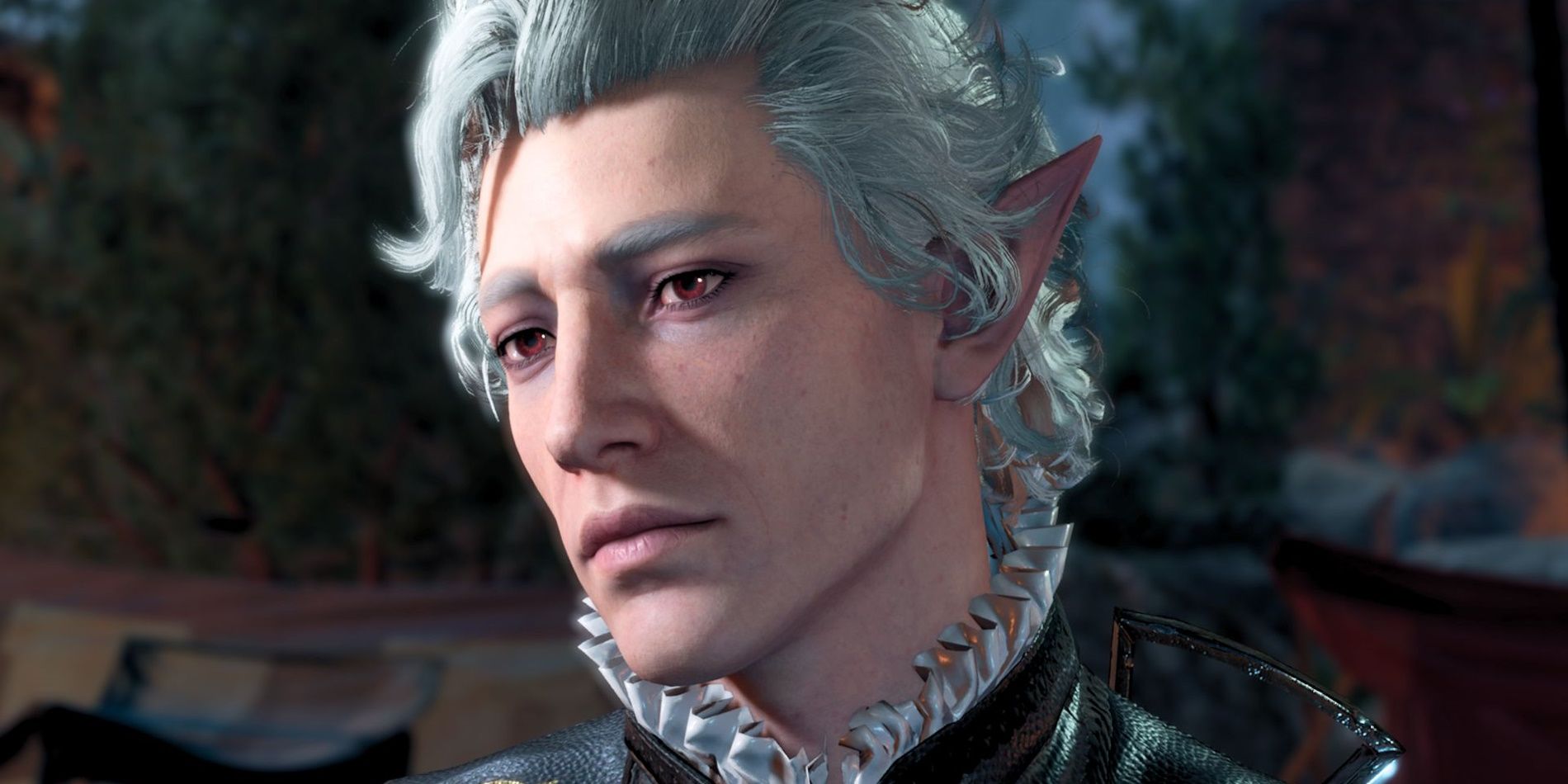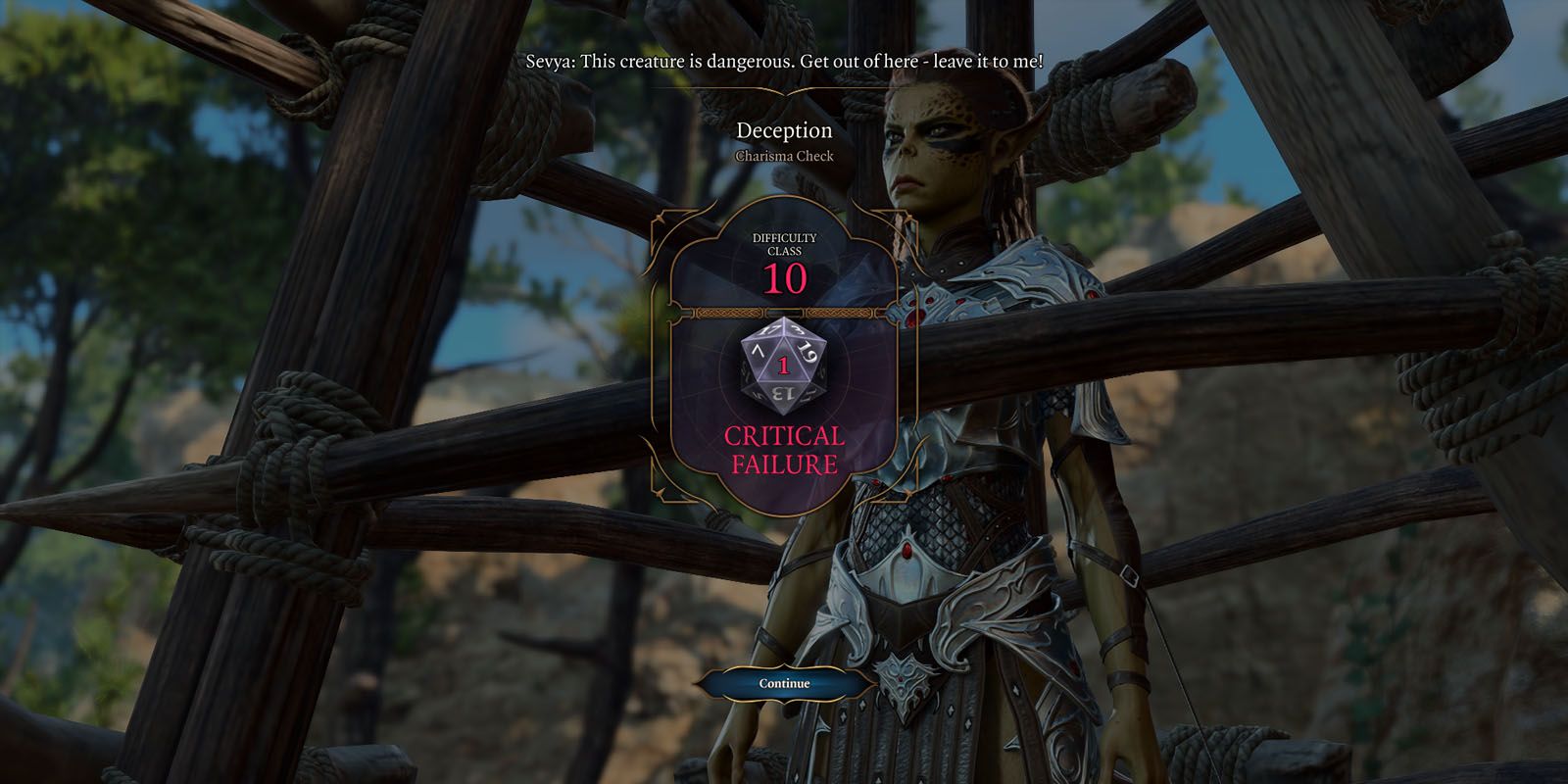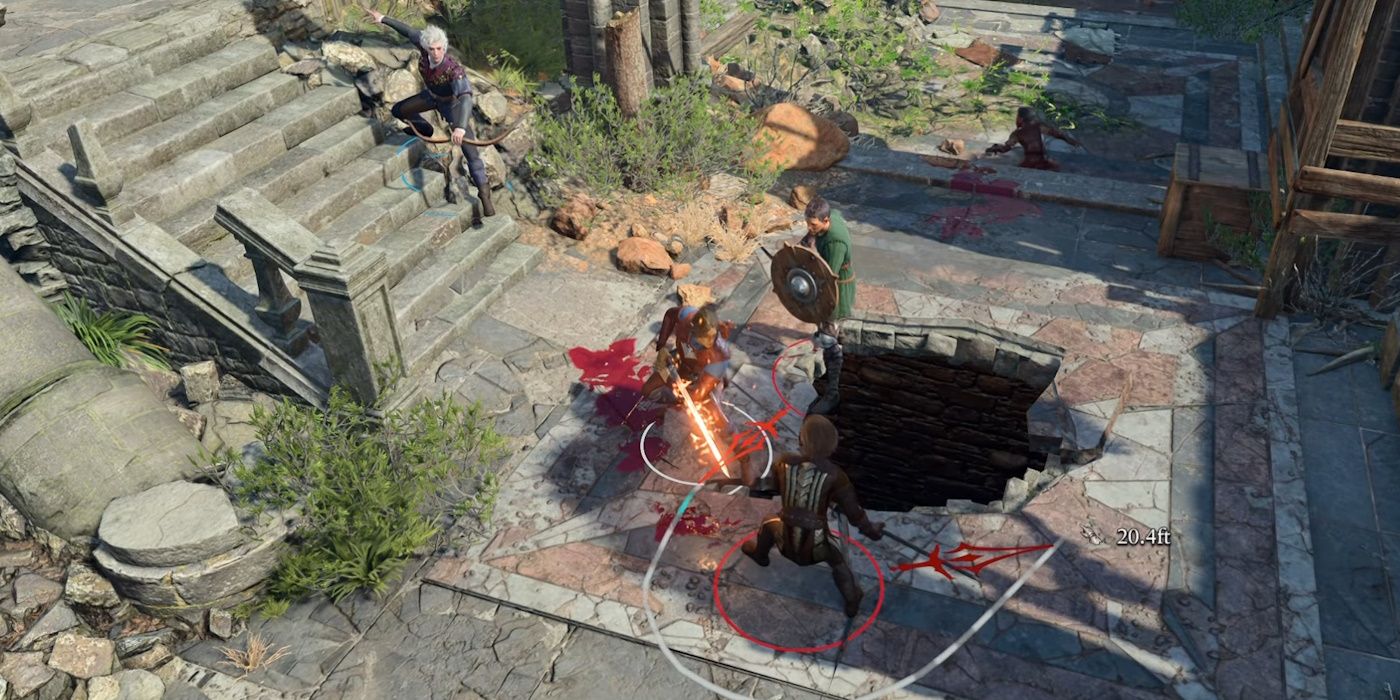Summary
- Baldur's Gate 3 takes place in the Forgotten Realms of Dungeons & Dragons, offering a different narrative focus and lower barrier to entry for fans of the tabletop game.
- BG3 game features a fully voiced cast of characters and NPCs, compared to the relatively sparse voice acting in Divinity: Original Sin 2.
- Gameplay in Baldur's Gate 3 simplifies and streamlines some aspects compared to Divinity: Original Sin 2, while still offering tactical depth and a variety of options for players.
Larian Studios’ Baldur’s Gate 3 had a lot to live up to, following in the footsteps of both the acclaimed Baldur's Gate games and Larian’s previous games in the Divinity series. Divinity: Original Sin and its sequel set a high bar as fantasy role-playing games with tactical turn-based combat, a party of colorful characters, and an emphasis on depth and complexity of rules, all of which have been brought over to Baldur's Gate 3. While Divinity: Original Sin 2 was a massive success for Larian, a variety of factors have made Baldur’s Gate 3 an arguably even better role-playing experience.
Perhaps the most obvious distinction between the games is the setting, as the huge Baldur's Gate 3 map takes place in the Forgotten Realms of Dungeons & Dragons. This makes it one of Larian’s few games set outside Rivellon, the world of Divinity. For those familiar with the increasingly popular fifth edition of DnD, this can dramatically lower the barrier to entry often present in games with years of worldbuilding. The change in setting allows for a different narrative focus; stories about magic and divine entities are baked into Divinity’s core - it’s in the name - but while narratives in the Forgotten Realms may involve these elements, they aren’t necessarily essential.
Baldur's Gate 3 & Divinity: Original Sin 2 Narrative Comparison
Despite this key difference, both games’ narratives share an opening beat: the player character is held captive aboard a ship, the ship is attacked by a monster and subsequently destroyed, and the character is left to pick up the pieces and explore. But while DOS2 deposits the protagonist on an island controlled by the player's former captors, Baldur's Gate 3 lets them loose far from civilization, evoking the wilderness exploration elements popular in some DnD adventures. BG3 adds another wrinkle - an illithid tadpole implanted into the player character’s skull threatens to turn them into a mind flayer within a matter of days.
Baldur's Gate 3 has great companions, from the boastful and affable Wyll to the cruel, direct Lae’zel. Well-written characters won’t be new to anyone who’s played DOS2 or similar games, but Baldur's Gate 3 surpasses its predecessors with a fully voiced cast of companions and non-player characters. From major antagonists’ monologs to ambient chatter from background characters, nearly every single line of dialogue is voiced, including a dungeon-master-like narrator providing additional descriptions and insight. This creates a narrative environment somewhere between a tabletop game and an average video game - the perfect mix for a title based on DnD.
Gameplay Differences Between BG3 & Divinity
Baldur’s Gate 3’s connections to DnD are more than just narrative nods, however. While BG3 and Divinity Original Sin 2 are built on the same engine, the newer game warranted updated technology and changes to various game systems to match. BG3’s rules are effectively pulled from DnD 5e. Like DOS2, each custom character and Origin hero has six basic ability scores as well as a larger list of skills serving as sub-categories of abilities. All of these feed into a key defining feature of Dungeons & Dragons - rolling dice, a mechanic that is front and center in BG3, though all the dice are virtual.
While Divinity: Original Sin 2 defines success versus failure through skills with percent chances to succeed, checks that require reaching a stat threshold, and other complex methods, Baldurs Gate 3 boils all of this down to a single simple system in the form of difficulty classes. For any action where success is uncertain, the game rolls a 20-sided die, adds bonuses from character sheets and situational modifiers, and compares the result to a pre-determined number. This process can occur actively, offering choices in dialogues and cutscenes, as well as passive checks to aspects like perception and arcana during the exploration of environments.
This is a common theme in Baldur's Gate 3; where surface-level gameplay may seem similar to that of DOS2, significant layers of complexity have been stripped back, leaving a far cleaner and more approachable experience. To a portion of its audience, part of Divinity Original Sin 2’s appeal is its dense, crunchy systems to learn and master. Baldur's Gate 3 represents a similar approach to what the fifth edition of DnD did to the tabletop game, promoting ease of entry while maintaining a variety of options. Baldur's Gate 3 still offers tactical depth, especially when it comes to the game’s combat systems.
Baldur's Gate 3 Combat Compared To Divinity: Original Sin's
Turn-based combat across the two games differs in a few key respects. Divinity: Original Sin 2 uses a round-robin initiative, preventing two members of the party from taking turns back-to-back, while Baldur's Gate 3 uses Dungeons & Dragons 5e rules, ordering turns based on the results of dexterity skill checks. DOS2 gives each character a specialized list of skills for combat, each of which depletes action points from a pool. In contrast, BG3 has a list of common actions - things any character can do - as well as spells, special attacks, and item actions that vary from character to character and cost an action or bonus action.
Baldur's Gate 3’s equippable spells and combat features are again pulled from DnD, with a curated list of well-known magical options, many of which multiple characters can access relatively easily. The game also features a few additions and tweaks of its own, mostly to balance aspects of environmental combat and provide plenty to do at low levels. Although Divinity: Original Sin 2 characters can progress past level 20, Baldur's Gate 3 caps at level 12 to avoid dealing with the power creep of higher levels of DnD play.
Baldur’s Gate 3 has come a long way since its initial release into early access, and the official PC release of the game has generated a lot of interest and positive feedback. Whether its changes place it above Divinity: Original Sin 2 will likely come down to individual preferences, trading complexity in some regards for approachability and highlighting many of the best features of the DnD 5e system. Regardless, both games stand as excellent role-playing experiences, and Baldur’s Gate 3 provides a massive and multifaceted game for fans of Dungeons & Dragons and Larian Studios alike.




